The Tracks Less Traveled: Unraveling The Emotional Tapestry Of Malaysia’s Railway History
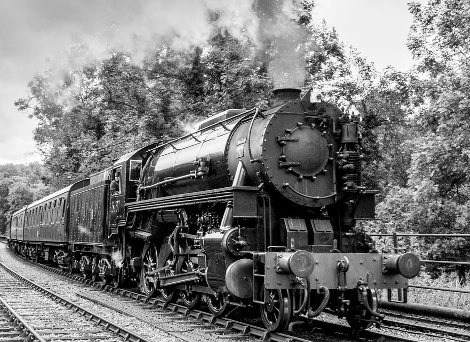 Thirsty for JUICE content? Quench your cravings on our Instagram, TikTok and WhatsApp
Thirsty for JUICE content? Quench your cravings on our Instagram, TikTok and WhatsApp
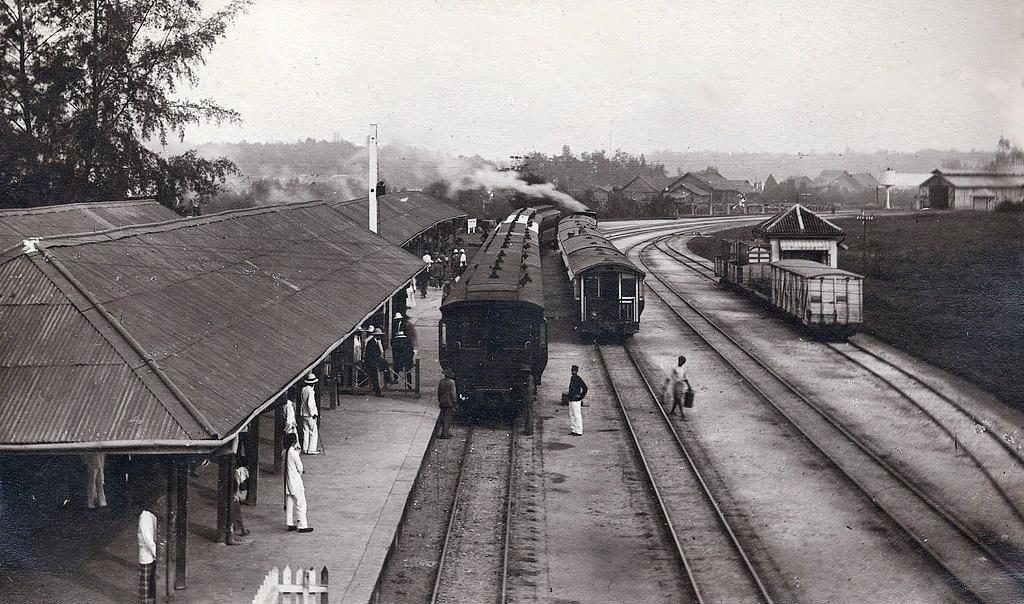
In the heart of Malaysia lies a testament to the nation’s rich past and the unyielding spirit of its people – the Historical Malayan Railway. As the rhythmic chug of the locomotive echoes through time, it takes us on a poignant journey, revealing the deep-rooted connections between the railway and the soul of Malaysia.
The story behind the railway system is one where steel tracks forged paths of progress, and tales of triumph and resilience are etched into the very fabric of this remarkable railway…
But an equal amount of toil, sweat, and colonial-era horror lie along the path where blood was spilled, and innocent lives heisted.
Colonial Connections – Britain’s Railway Influence

The emergence of Malaysia’s railway network may be traced back to the late 1800s, when the British administration identified the necessity for an effective means of transportation that could connect the country’s numerous regions. The first railway, known as the West Coast Line, was constructed with the objective of linking the thriving port city of Port Weld (now known as Kuala Sepetang) in Perak to the bustling tin mining town of Taiping.
This railway line, inaugurated in 1885, marked the beginning of the Malayan Railway. Serving as a means of transportation for tin mining and rubber plantation industries, it played a significant role in the country’s economic development and the movement of goods and people.
The British colonialists undertook a bold scheme to broaden the railway network throughout the Malay Peninsula as they recognised the enormous potential of railways in stimulating economic expansion, thus railways began to extend throughout the area during the following several decades, connecting isolated locations with major towns and cities as well as allowing for the acquisition of large tracts of land for commerce and development.
This greatly benefited the nation’s economical stance, but in truth, the railway was profound political reminder of Malaysia’s lack of independence.

It functioned as a tangible representation of British dominance over the Malayan nations. Railways were a demonstration of the British Empire’s technological superiority and its abilities to revolutionise the region’s landscape.
The railway network also made it easier for colonial authorities, military personnel, and administrators to get around, enabling efficient administration and control of the territories. As a result, the colonial administration’s control over the area was strengthened by the quick deployment of troops and enhanced communication among various sections of the province.
In essence, the British railway network in the Malay Peninsula served both practical and imperialistic purposes. It provided a vital infrastructure for economic growth, while also acting as a tool to solidify British rule and exert their influence in the region.
Occupied Lines – The Japanese Era
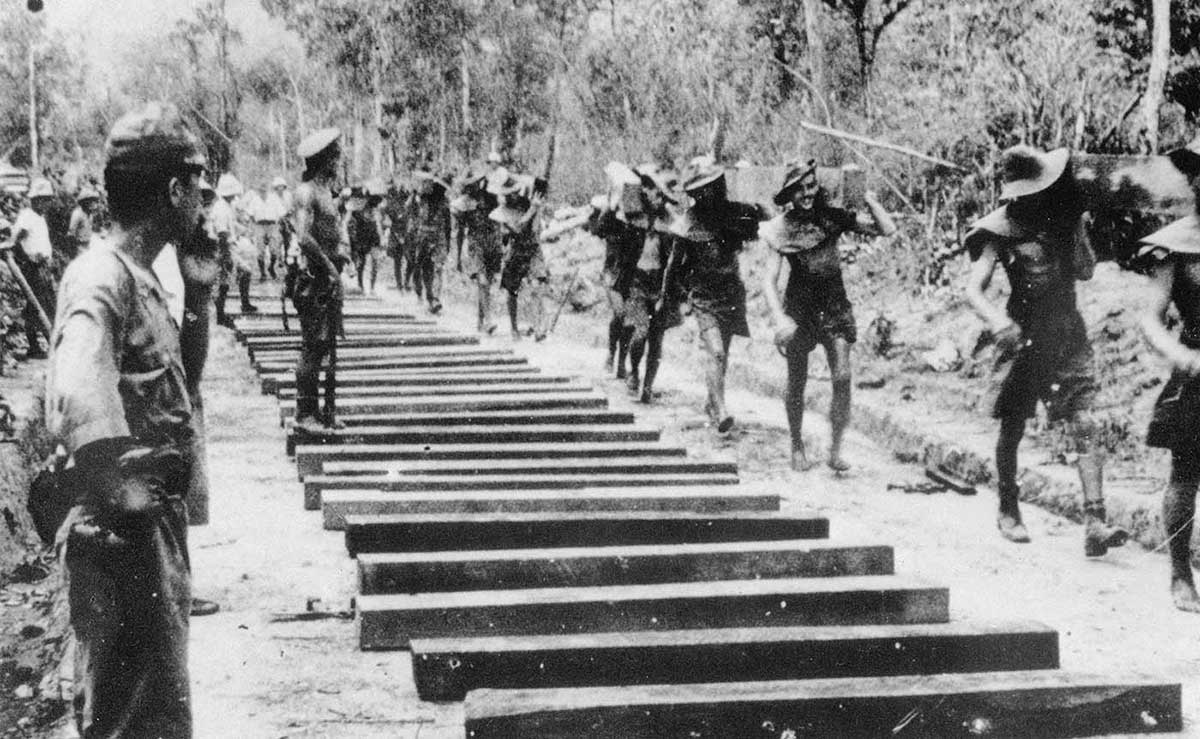
One of the most emotional and tragic chapters in the history of Malaysia’s railway system is its association with the infamous Death Railway, also known as the Burma-Siam Railway. Under severe conditions and forced labour, this railway was constructed during the Japanese occupation by thousands of civilian labourers and prisoners of war. The building process resulted in many fatalities, and the railway now stands as a sombre reminder of that dreadful period.
The gruesome Thai-Burma Death Railway’s construction, which spanned from June 1942 to October 1943, left an archive of tragic stories in its wake. The Japanese employed romusha (Javanese labourers), Malayan Indians, Sikhs, war prisoners, and other forced labourers to toil on this perilous undertaking. These individuals found themselves mired in a nightmare after being duped by fictitious promises of lucrative salaries or intimidated by threats.
Journeys and Junctions
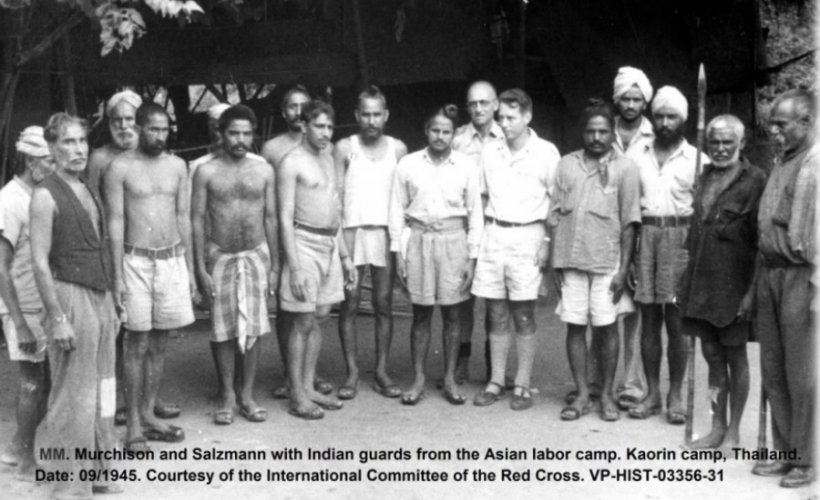
Among the survivors, Arumugam Kandasamy, who shared his experience in a 2016 interview, recounted the desperate choice he had to make. Faced with the Japanese soldiers’ threat to harm his family, he abandoned his plans to escape to Singapore and joined the railway construction in Siam. Despite being warned about the grim fate that awaited workers, he embarked on the treacherous journey in search of his brother. What followed was a gruelling 12-day walk, surrounded by the haunting sight of corpses lining the path.
The workers endured horrendous working conditions while they were compelled to tunnel through cliffs and mountains. Countless labourers lost their lives as a consequence of starvation, excessive work, infections, and brutal treatment. Others turned to suicide as an option to alleviate their misery as their suffering had grown excessive.
Tragically, the horrors extended beyond physical pain. To avert the transmission of diseases, massacres were carried out, killing thousands of workers. Women endured the unimaginable as many became victims of sexual violence.
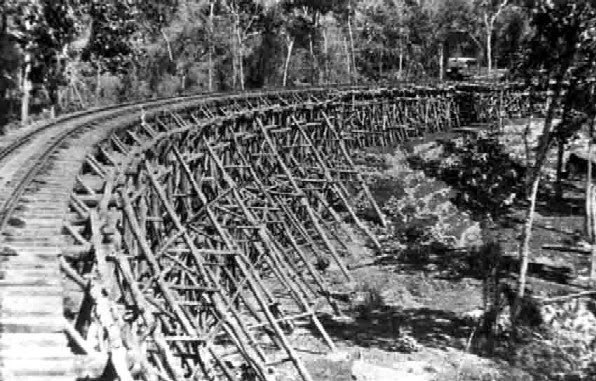
The toll on the Tamilian community was particularly devastating, with an estimated 45,000 lives lost during the construction, though some sources suggest the number may exceed 60,000. The true extent of the Tamilian casualties remains unknown, leaving families shattered and grieving to this day.

The construction of the Thai-Burma Death Railway is regarded as a dark time in history that exemplifies the cruelty and suffering endured by individuals who are subjected to oppression and conflict. Their experiences serve as a reminder of the tenacity of the human spirit, and fortitude in the face of unfathomable tragedy.
Riding The Wave Of Independence
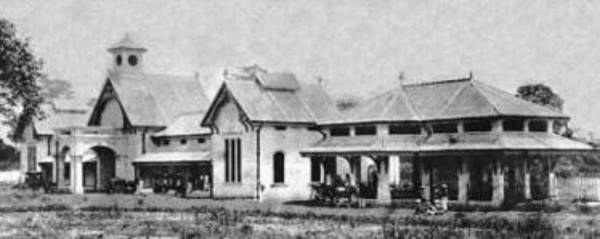
In the wake of Japanese colonial rule, Malaysia’s KTM line underwent a remarkable transformation, reflecting the country’s newfound independent state. What was once a system rooted in harsh labour and power imbalances became a source of hope for its citizens, offering an array of job opportunities working in the line.
Needless to say, employment practices also became more ethical, and living quarters were erected to house the employees, which eventually consisted entirely of locals. Here, the staff members built their new lives; some even went on to raise children.
Fahrul Idzuan, now aged 39, was among the kids in question. Speaking with JUICE, he recalled the memories he forged living in the Bangsar quarters. Despite the location, Fahrul states that it had been more of a “kampung life” there, with groups of youngsters scrambling to play outdoor games together, namely football, konda-kondi, police and thief, and hide and seek, as well as playing with kites and marbles.

“There were multiple types of quarters within the area at the time. There was this lady who stayed in a barrack type of home, and most of us would go over to her place to study and read the Al-Quran together.
“By the time we were done, it wouldn’t really be that late, but the route home was dimly lit with a large, eerie-looking tree along the way. We would all run all the way back to our quarters in fear of encountering a ghost,” he said, holding back a chuckle.
The Birth and Evolution of the ECRL
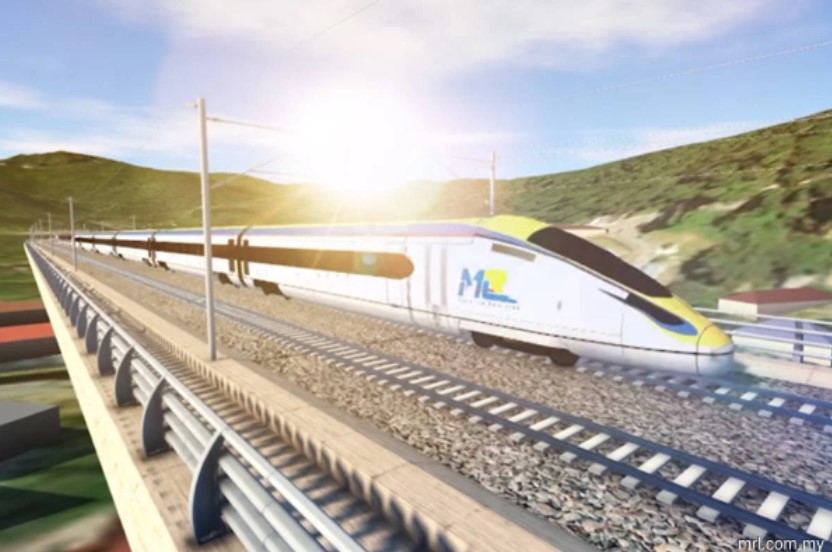
Throughout its history, the country’s socioeconomic structure was significantly shaped by the railway system. It enabled the exchange of cultures, customs, and ideas, acting as a lifeline for communities. The railways developed into an instrument for bringing people in tandem, enabling them to travel to visit friends and family, discover fresh opportunities, and revel in Malaysia’s splendour and diversity.
Recent years have seen improvements made to Malaysia’s railway network, including the introduction of high-speed rail projects and modernisation initiatives aimed at enhancing connection and productivity. These developments illustrate how Malaysia’s railway network has continuously evolved, adjusting to the demands of a society that is changing rapidly while retaining its historical relevance.
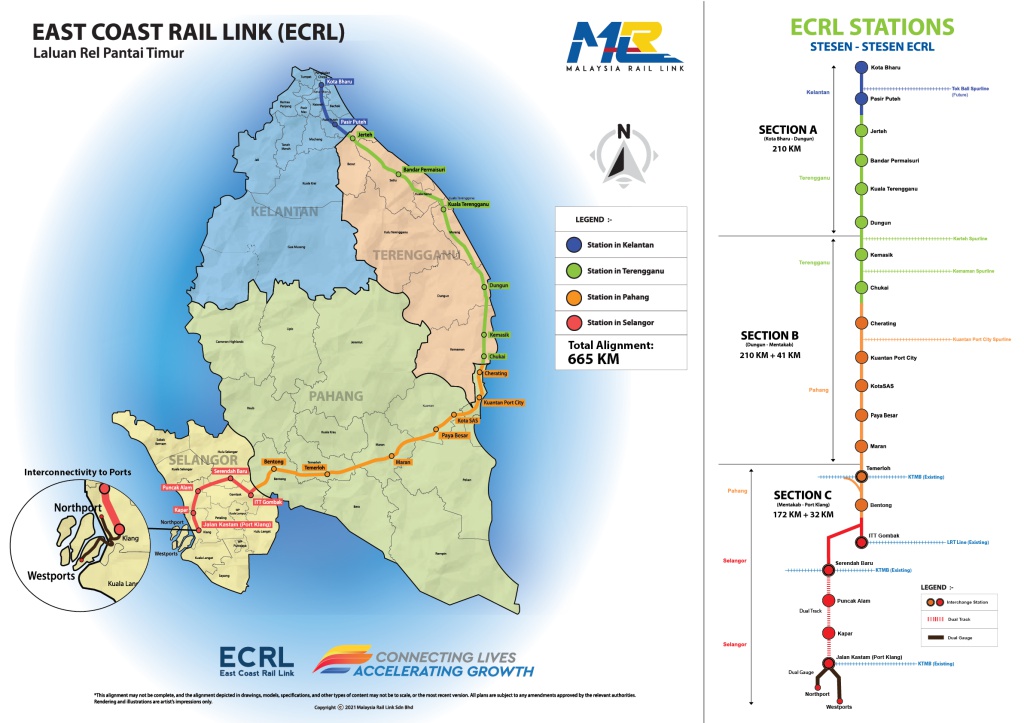
Today, Malaysians anticipate the establishment of the East Coast Rail Link (ECRL).
Its construction began long after the colonial era, with the project first initiated in 2016 as a part of the country’s modernisation efforts and plans for infrastructure development. The ECRL is a significant railway project that aims to connect the east coast states of Peninsular Malaysia, including Kelantan, Terengganu, and Pahang, with the west coast and major cities like Kuala Lumpur.
It serves as an important transportation link, facilitating economic growth, trade, and connectivity between different regions of the country. The rail line is scheduled to commence operation by 2027.
Full Steam Ahead

Malaysia’s railway network now stands as a symbol of the nation’s rich heritage and a monument to the resilience and vision of its people. It continues to be a crucial component of the country’s transport network, promoting trade, integrating communities, and offering tourists a distinctive view of Malaysia’s landscape and civilisation.
A number of historic railway stations and structures connected to the railway industry have been preserved and turned into museums or other cultural venues. By presenting relics, images, and stories that arouse nostalgia and uphold the legacy of the railways, these sites provide a visually appealing glimpse into the evolution and history of the railway system.
The grim remnants of the railway’s past remain an ongoing reminder of the agony and hardships endured by countless souls. But as we traverse today’s tracks, we draw solace in knowing that their sacrifices have carved out a channel for progress and communication.
Let us revere their memory by embracing the aspects of joy and convenience the railway adds to our lives, while honouring its tumultuous past.


 Get Audio+
Get Audio+ Hot FM
Hot FM Kool 101
Kool 101 Eight FM
Eight FM Fly FM
Fly FM Molek FM
Molek FM

